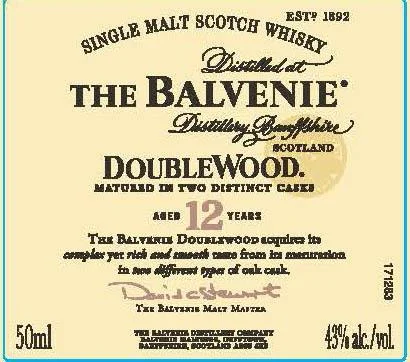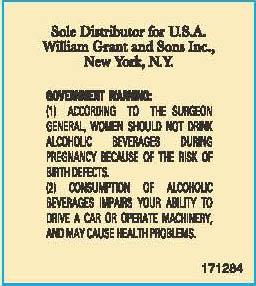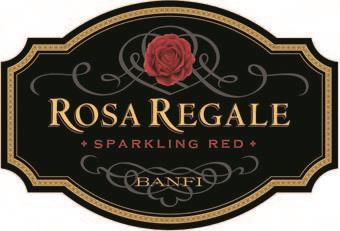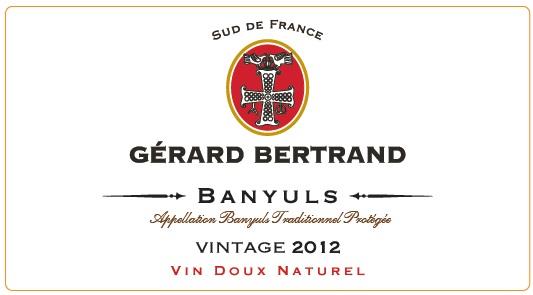The Greatest Wine In The World
Everyone has something that is "the best" in their lives:
"Oh, she is my best friend."
Did you see that movie? Isn't it the best?"
"I went to this restaurant the other day, and the soup was the best!"
We do this with everyday life and when it comes to our favorite beverages it is no different. Everyone has a go-to wine, beer or spirit they would reach for every day. We also have favorites for the "what would you have with you if you were stranded on a desert island" drink. When you ask someone what his or her favorite wine is, you might get an answer that involves status, rarity or an iconic brand.
Sancerre is the best, People! The best!
However, did you know that a wine called Sancerre is indeed The Greatest Wine In The World? This is what I was told when I met The Greatest Wife In The World several years ago. Back then, I knew nothing about wine other than the fact I enjoyed knocking back magnums of reds that had pictures of critters on the bottles. The only other white wine I knew was Italian Pinot Grigio. I had no idea what to expect when I was about to taste Sancerre, a Sauvignon Blanc from the Loire Valley of France, considered by many to be the top expression of this grape variety anywhere on the globe.
Tasting this wine with her on that day was a major personal moment. Not only did someone share her own favorite wine with me, but it opened my eyes to what serious Old World white wine tasted like. Sauvignon Blanc is a grape variety that is high in pyrazines, a chemical compound that gives many "green" flavors: bell peppers and grass are two common ones. In just the right amounts, pyrazines can add to the apple, pear, and citrus flavors inherent to Sauvignon Blanc. Coming from the village of Sancerre, Sauvignon Blanc shows a saline tang and slight smokiness (more noticeable in the neighboring town of Pouilly in their Pouilly-Fumé wines). Perhaps you might notice a wet stone character, too (if you want to go outside and lick rocks after a rainstorm be my guest, but trust me...it's not necessary). If you are into goat cheese, it is a spiritual match with Sancerre. With all of its lively acidity, and pungent aromatics, Sancerre will also taste great with seafood like sea scallops or raw oysters.
I sing the praises of Sancerre since it is The Greatest Wife In The World's birthday today. Chances are after youth baseball games and busy work day, a bottle is being opened to celebrate. If you don't want to agree with us that Sancerre is The Greatest Wine In The World...too bad! It is going to be today.
If you want to join us, I have a few to share with you below.
90+ Cellars Sancerre Lot 126 ($17): One of the easiest ways to get yourself introduced to a region you are not familiar with and/or are sticking to a budget, try examples from 90+ Cellars. This particular wine shows grapefruit, soft herbs, and lime zest flavors with just a touch of stoniness.
Domaine Durand Sancerre Réserve ($19): A small producer, Durand's old vine expressions of Sauvignon Blanc show a whole lot of character. Green apples and grapefruit combine with a minerally/rocky/chalky flavor. There's much going on in this fresh and lively wine. To experience it for under $20 is a great value to you.
Domaine de la Perrière Sancerre ($25): This producer allows the fermented wine to age three months on the spent yeast cells post-fermentation, imparting a creamy texture that balances the natural aggressiveness of Sauvignon Blanc. White peaches flavors are noticeable with lemon zest, stones and sea salt on the finish.
Have a personal favorite? Share it with me! I would love to know all about it.









































































